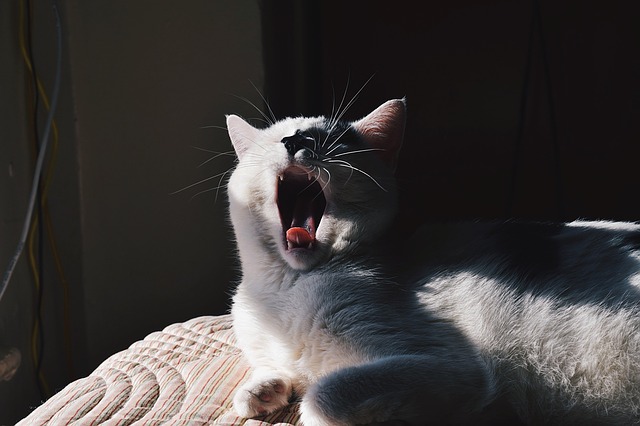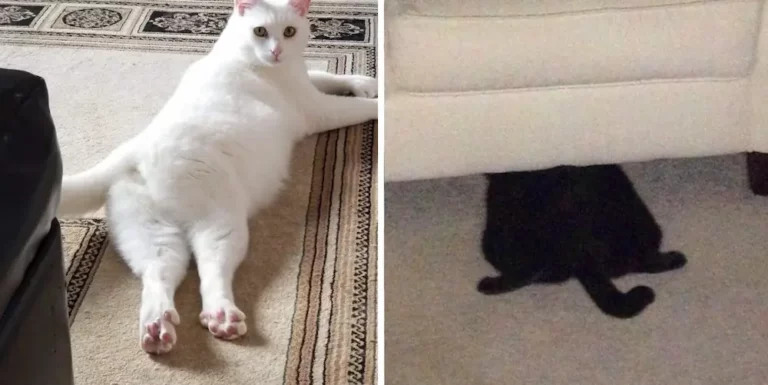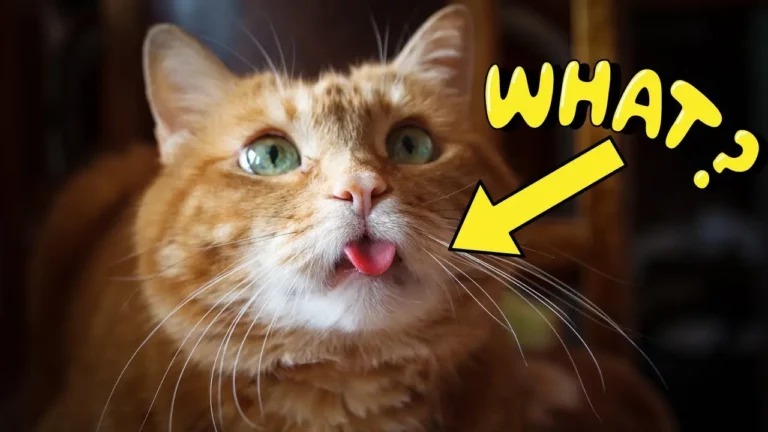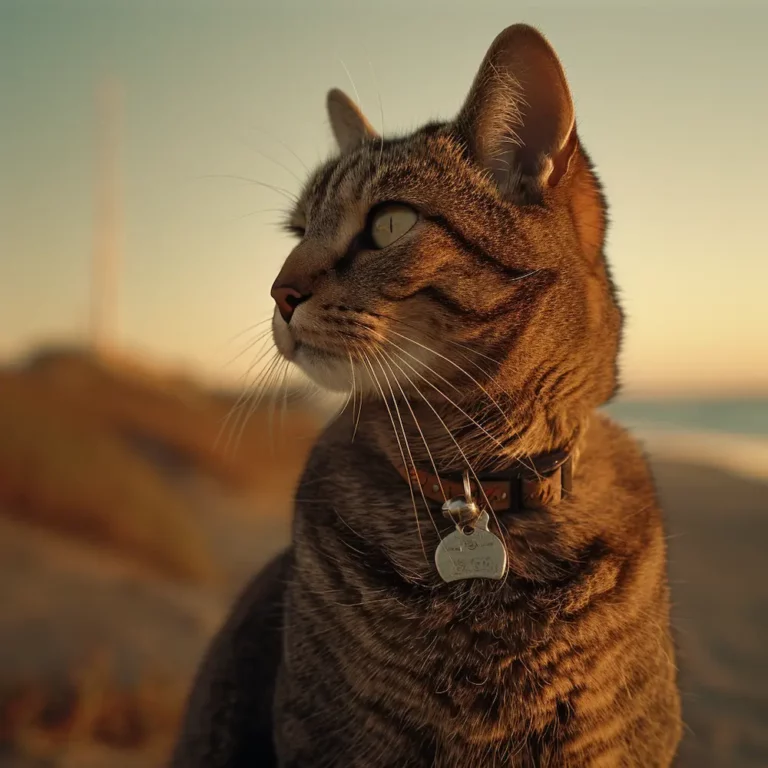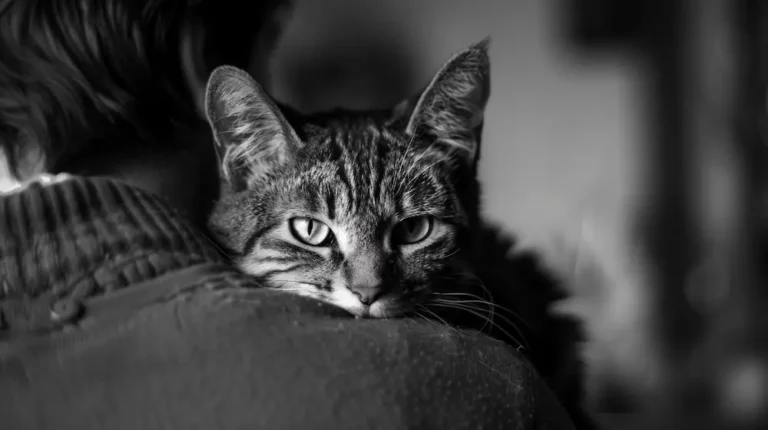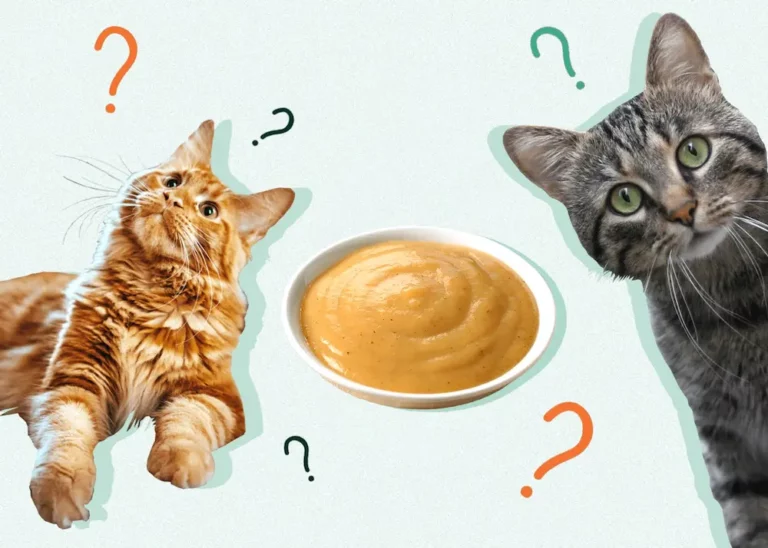The Perfect Temperature at Home for a Cat
As a pet parent, you’ve probably gone through a lot of moments where, in an attempt to offer your furry baby the best, you might end up doing the wrong thing. It’s the same with houseplants – out of love, we can overwater them or place them in a spot where they get too much light. Before we move on, we’d like to suggest that you have a look at three things that your
What’s the safe temperature for cats indoors?
The same happens with cats and dogs. In the winter, you might think that your
What temperature is too cold for cats?
Whenever the temperature drops below 60 degrees, most domestic cats are known to complain. If you live in a cold climate and you want to save some cents on your heating bill, you might want to make sure that you have several warm and cuddly blankets nearby so that your feline buddy has a way of remaining warm.
It’s not as easy to tell what the ideal room temperature for cats in winter is, and that’s because there are several factors to consider. The breed, as well as your pet’s age, are just two. Needless to say, a Norwegian Forest
In case you didn’t know, the body’s natural ability to regulate its own temperature lowers as it gets older. This happens in humans and all other mammals, so if you have a senior
There are also differences when it comes to the
What temperature is cold for cats?
The short answer to this question is anything under 60 degrees. If you leave your
What temperature is too hot for cats?
In the winter, you have complete control over the temperature in your home, but in the summer, you don’t have the same benefit. If you leave your
As you might know, cats love being warm, and some might love heat to the point that they can’t realize that it might pose a real threat to their health and safety.
That’s what happened with one my older cats, for example. I was a kid when this happened, but we usually allowed him to sit in the sun in the summer, out on the balcony.
One day, my grandpa forgot about him, and he ended up spending several hours on the balcony. Once he found him there, my grandpa got him back into the house and tried cooling him down. The
Cats that are left under the sun for too long have a high risk of developing pulmonary congestion, and that’s something that I learned when I was in Vet School. Â
The point that I’m trying to make is that, if you’re looking to provide a safe temperature for cats indoors, in the summer it’s important for you to check that you have your curtains or blinds pulled.
Temperatures between 80 and 90 degrees are usually well tolerated, with kittens being capable of withstanding the 90 threshold better than adults. As such, the perfect house temperature for cats in summer is within these limits – anything above 90 is too hot. Â
What other factors influence my cat ’s ability to keep warm?
There are two other things that can take a toll on your
Cats that have thyroid problems are known to avoid heat, so they will stay away from radiators.
On the other hand, if your
The size is pretty self-explanatory since body fat acts like a thermal layer against the cold.
How to tell if the temperature is right
There are certain behaviors that can give you a pointer as to whether the indoor temperature is just right for your
Cats that are both affectionate and lovers of warmth will try to sit in your lap or cuddle under a blanket. If you don’t usually close the blinds and your
If you tend to turn the thermostat down during the night – and for a good reason, too, since you can get better sleep in cooler environments -, you might end up sleeping with your
A
Cat depression
Not only is it uncomfortable for a
To prevent this, you should engage your
Show your
Most cats can make the difference between their pet parent’s voice and those of other humans, but if you tend to leave your
The bottom line
Your
In the summer, avoid leaving your
The perfect temperature for cats in the winter is between 60 and 80 degrees and the right one in the summer is between 80 and 90. 75 to 80 degrees is always comfortable regardless of the
